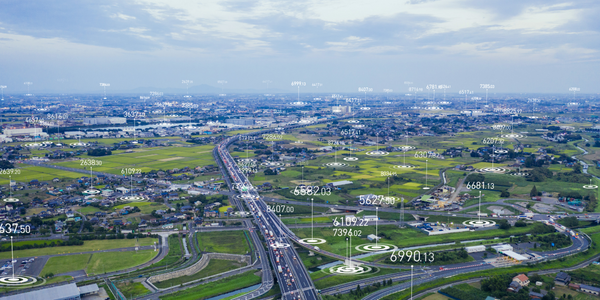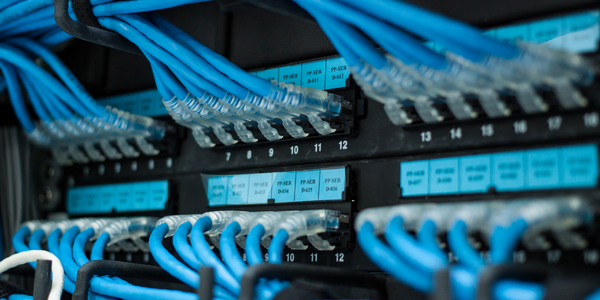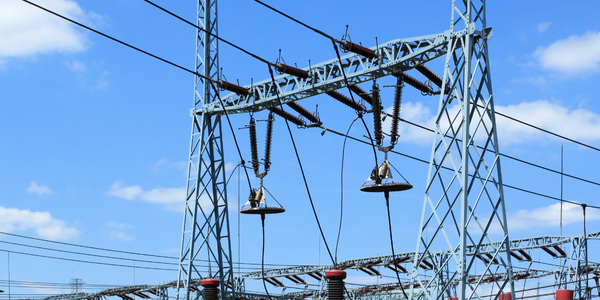Coca-Cola Europacific Partners Steps Closer to Becoming the World’s Most Digitized Bottling Operation with CyberArk

公司规模
Large Corporate
地区
- Asia
- Europe
- Pacific
国家
- Australia
- Indonesia
产品
- CyberArk Privileged Access Manager Self-Hosted
- SailPoint
- Qualys
技术栈
- Microsoft Azure
- Amazon Web Services (AWS)
- Google Cloud Platform
实施规模
- Enterprise-wide Deployment
影响指标
- Cost Savings
- Customer Satisfaction
- Digital Expertise
- Productivity Improvements
技术
- 网络安全和隐私 - 身份认证管理
- 网络安全和隐私 - 安全合规
- 网络安全和隐私 - 应用安全
适用功能
- 商业运营
- 质量保证
用例
- 网络安全
- 监管合规监控
- 远程控制
服务
- 系统集成
- 培训
关于客户
Coca-Cola Europacific Partners (CCEP) is the world’s largest independent Coca-Cola bottler, formed in May 2021 through the acquisition of Coca-Cola Amatil by Coca-Cola European Partners. The company operates in Europe and the Asia Pacific region, distributing a wide range of Coca-Cola beverages, including Diet Coke, Fanta, and Sprite, as well as various hydration and ready-to-drink coffee, tea, and juice products. With annual revenues of €13.5 billion (US$15.6 billion) and a workforce of 33,000 employees, CCEP is a major player in the beverage manufacturing industry. The company is committed to becoming the most digitized bottler globally, leveraging technology to enhance efficiency and customer engagement.
挑战
Coca-Cola Europacific Partners (CCEP) aimed to become the world’s most digitized bottler, launching multiple initiatives to increase efficiency and customer engagement. However, this digitization also brought challenges, particularly the growing risk of cyberattacks. To address these risks, CCEP's Australian, Pacific, and Indonesian operations (CCEP API) developed a three-year roadmap to enhance security measures. A critical component of this plan was improving privileged access management processes to gain better oversight and control over elevated credentials. The goal was to mitigate risks of both unintentional and malicious harm, while also reinforcing compliance with standards like PCI DSS and the NIST framework.
解决方案
CCEP API selected CyberArk Privileged Access Manager Self-Hosted as their solution for enhanced privileged access management. This hybrid on-premises and cloud solution utilizes Microsoft Azure, Amazon Web Services (AWS), and Google Cloud Platform. The CyberArk solution integrates seamlessly with other security tools like SailPoint and Qualys, enabling comprehensive protection across multiple attack vectors. The implementation was managed by CCEP API with support from CyberArk, following best practice guidelines defined by the CyberArk Blueprint methodology. Despite the challenges posed by the COVID-19 pandemic, the solution was quickly rolled out to several hundred admin accounts and nearly 1,000 local admin accounts across the CCEP API region. The CyberArk solution provided a 360-degree view of privileged access activities, significantly reducing the risk of unauthorized access and improving compliance with standards like PCI DSS and NIST.
运营影响
数量效益

Case Study missing?
Start adding your own!
Register with your work email and create a new case study profile for your business.
相关案例.

Case Study
Goldcorp: Internet of Things Enables the Mine of the Future
Goldcorp is committed to responsible mining practices and maintaining maximum safety for its workers. At the same time, the firm is constantly exploring ways to improve the efficiency of its operations, extend the life of its assets, and control costs. Goldcorp needed technology that can maximize production efficiency by tracking all mining operations, keep employees safe with remote operations and monitoring of hazardous work areas and control production costs through better asset and site management.

Case Study
Remote Monitoring and Control for a Windmill Generator
As concerns over global warming continue to grow, green technologies are becoming increasingly popular. Wind turbine companies provide an excellent alternative to burning fossil fuels by harnessing kinetic energy from the wind and converting it into electricity. A typical wind farm may include over 80 wind turbines so efficient and reliable networks to manage and control these installations are imperative. Each wind turbine includes a generator and a variety of serial components such as a water cooler, high voltage transformer, ultrasonic wind sensors, yaw gear, blade bearing, pitch cylinder, and hub controller. All of these components are controlled by a PLC and communicate with the ground host. Due to the total integration of these devices into an Ethernet network, one of our customers in the wind turbine industry needed a serial-to-Ethernet solution that can operate reliably for years without interruption.

Case Study
Remote Monitoring for Environmental Compliance
Emerson wanted to provide a connected environmental analyzer to their customers. They wanted to leverage IoT technologies to provide a software solution that was easy to use, real-time and centralized. Compliance with pollution control board guidelines and the ability to remotely calibrate and troubleshoot these devices was the primary objective. Requirements - Centralized Remote Monitoring. - IoT Based Smart Environmental Analyzers. - Remote Calibration and Troubleshooting. - User Friendly Application. - Reporting & Dashboards. - Compliance with pollution control board guidelines.

Case Study
Using SNMP for a Ethernet-Based Home Automation System
A startup company was developing a product which provides service partners with an integrated e-services platform that allows customers to remotely monitor and control devices in their home or business. In order to complete their project, the startup needed a control system that could monitor and control the many different devices used by their potential customers, preferably with an open protocol for greater flexibility. SNMP was their first choice, as it is commonly used and well understood in the IT field. The next step was to choose an I/O server to connect to the sensors in a home automation system. System Requirements - Open Ethernet-based procotol - SNMP protocol for I/O control - Compact size to save space - Long-term support and services

Case Study
Boiler Control System for Plastic Manufacturing Applications
Factory automation applications must be equipped to handle and monitor the myriads of information from attached devices. For plastic manufacturing applications, the boiler control system plays a critical role by gathering and regulating information to ensure production is accurate and smooth. In this particular case, the customer combines eight subsystems that include power meters, water meters, alarm output, displays, and I/O status to be controlled by several intelligent controllers with Modbus RTU interface. The Modbus TCP protocol is used for this application due to the distance. System Requirements: • Modbus serial to Modbus TCP translation • Multiple slaves/masters support • Automatic Modbus TCP response time detection

Case Study
Enel Secures Italian Power Generation Network
Electric energy operators around the world are working to increase the reliability and cyber resiliency of their systems. This includes Enel, a global power company that manages and monitors the Italian power grid. This grid:• Serves 31 million customers• Has a net installed energy capacity exceeding 31 gigawatts• Includes more than 500 power generation plants,including hydroelectric, thermoelectric, and wind• Is managed and monitored by Enel 24/7/365• Is operated by Terna, the Italian Transmission System Operator (TSO)Enel is responsible for the availability of the grid’s underlying ICS and industrial network. It also manages Regional Control Centers and Interconnection Centers which connect with the TSO. The TSO manages the flow of energy to the grid plus controls and remotely regulates the power generation of power plants, increasing and decreasing power production as required. The complex system of interaction and cooperation between Enel and the TSO has strong security implications as well as operational and business challenges.


